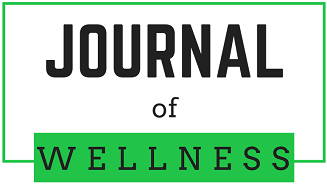
Funder
Cambia Health Foundation; Ho Chiang Foundation
Conflict of Interest
The author(s) have no conflict of interest to declare for this work
Abstract
Introduction: In healthcare, while the suffering of patients is often evident, the suffering of clinicians receives less focus. Some sources of clinician distress are directly related to constant exposure to patient suffering, but others are caused by the health care system, and thus potentially preventable. Looking at clinician suffering through the lens of compassion fosters a new paradigm of individual, team, and organizational capabilities, and moves the responsibility to alleviate this suffering from the individual onto the organization and team. Yet research into the impact of organizational compassion in healthcare has been extremely limited.
Approach: Our conceptual model of organizational compassion in healthcare presents a novel approach to organize and study clinician experiences of compassion in the workplace. The model accounts for both proximal, interpersonal compassion experiences in a healthcare team as well as distal, systemic compassion experiences from the organization and its leaders. By focusing on the clinician’s team and organizational environments, the model clearly places the responsibility to improve clinician experiences on the system and its leaders rather than on individual clinicians.
Discussion: Previous models of compassion in the literature focus on patient experiences, and research in compassion in healthcare tend to focus on individual, clinician-level interventions to improve those experiences. This model clearly links the clinician’s environment—the way the clinician experiences and interacts with their team and the organization which employs them—to patient experiences of compassion and, ultimately, to patient clinical outcomes. This link is critical, but also relatively novel in the literature. By centering the clinician’s experiences of compassion rather than defining compassion by the actor or compassion-giver, the model advances current approaches of measurement in organizational compassion and clinician well-being. Finally, by focusing on the clinician and the way they experience their work environment, this model aligns with the Quadruple Aim for health system optimization, which acknowledges that clinician burnout threatens patient-centered care and that “care of the patient requires care of the provider”.
DOI
10.55504/2578-9333.1205
Recommended Citation
Thienprayoon, Rachel; Awtrey, Eli; Pestian, Teresa; Lown, Beth A.; Winick, Naomi; and Kanov, Jason
(2024)
"A Conceptual Model of Organizational Compassion in Healthcare,"
Journal of Wellness: Vol. 5
:
Iss.
2
, Article 8.
DOI: https://doi.org/10.55504/2578-9333.1205
Available at:
https://ir.library.louisville.edu/jwellness/vol5/iss2/8
Included in
Health and Medical Administration Commons, Industrial and Organizational Psychology Commons, Medical Humanities Commons, Nursing Administration Commons
